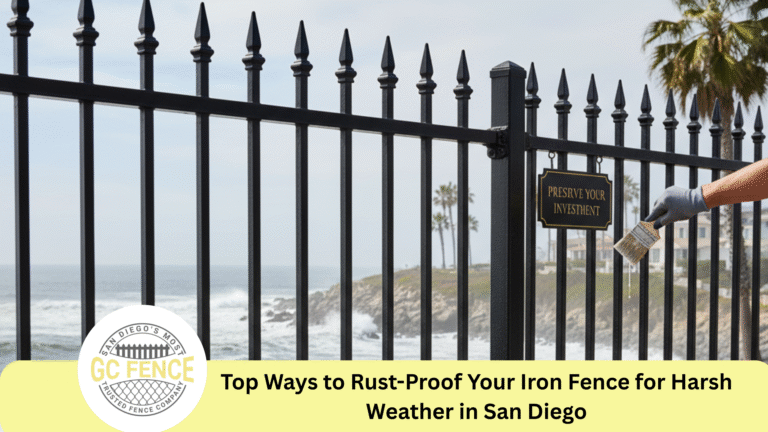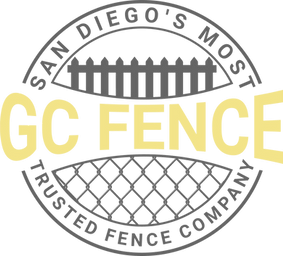Introduction
Iron fencing is a timeless feature that beautifully complements historic properties, offering security, style, and structural durability. Whether you’re restoring an old fence or installing a new one to match your heritage home’s architecture, it’s crucial to consider both aesthetic integrity and modern building standards.
This guide walks you through everything you should know about iron fencing for historic properties, including design tips, regulations, installation practices, and maintenance advice.
Why Iron Fencing Suits Historic Properties
Iron fences date back centuries and were a popular choice in Victorian, Colonial, Gothic Revival, and Georgian-style homes. Here’s why they remain a perfect fit:
- Architectural Match: Intricate scrolls and spear-tops enhance the authenticity of older homes.
- Curb Appeal: Instantly elevates a property’s visual charm and historic feel.
- Security: Provides a physical barrier without obstructing the view.
- Durability: Properly maintained iron fencing can last over 100 years.
Types of Iron Fencing for Historic Homes
When selecting iron fencing, you’ll typically come across these options:
● Wrought Iron Fencing
Hand-forged and highly customizable, ideal for restorations where historical accuracy matters.
● Cast Iron Fencing
Pre-formed in molds, popular in 19th-century homes, and features bold, decorative patterns.
● Ornamental Iron (Modern Alternative)
Made from galvanized steel or aluminum but designed to mimic traditional wrought iron at a lower cost.
Considerations Before Installing or Restoring Iron Fencing
Installing a new fence or restoring an original one involves more than just digging and welding. Here’s what you need to keep in mind:
1. Historic District Regulations
If your property is in a designated historic area, you may need approval from a local preservation board. Submit design plans before installation to avoid penalties.
2. Original Architecture and Style
Match the fence design to your home’s original architecture. For example, Victorian homes often feature elaborate floral or spiral motifs, while Georgian homes lean toward straight lines and spear points.
3. Materials and Techniques
For authentic restorations, use materials and methods that replicate the original fence. That might mean hand-forged iron and riveted joints instead of modern welding.
Restoring Original Iron Fencing
If your property still has its original iron fence, restoring it is often more valuable than replacing it. Here’s how:
● Inspection and Documentation
Photograph and measure everything before removing damaged sections. Look for rust, cracks, or missing scrollwork.
● Rust Removal
Use a wire brush or sandblasting to remove surface rust. Avoid harsh chemicals that could harm nearby landscaping.
● Repairing or Recasting
Cracked or broken elements can be welded or recast by a blacksmith or specialty ironworks.
● Protective Coating
Apply a rust-inhibiting primer followed by a weather-resistant topcoat to seal the iron against future corrosion.
Installing a New Iron Fence on a Historic Property
If you’re installing a new fence to match a historic aesthetic, consider the following:
- Recreate Period-Accurate Designs: Reference historical photos or neighborhood styles.
- Use Traditional Post Caps: Finials, fleur-de-lis, or ball caps often match the home’s architecture.
- Ensure Symmetry: Historic homes often feature balanced front yards and walkways; fencing should reflect this.
- Consult Local Experts: Work with ironwork professionals who specialize in historic designs.
Maintenance Tips for Long-Lasting Iron Fencing
Iron fences are low-maintenance but not no-maintenance. Here’s how to keep them pristine:
● Clean Annually
Use a gentle detergent and a soft-bristle brush to remove dirt and cobwebs.
● Inspect for Rust
Check joints and decorative elements for flaking paint or orange-brown discoloration.
● Touch Up Paint
Use matching touch-up paint to seal exposed metal areas after cleaning.
● Lubricate Hinges
If your fence includes gates, oil the hinges twice a year to prevent squeaking and rust buildup.
Benefits of Iron Fencing for Historic Homes
- Enhanced Property Value: A well-maintained iron fence can increase appraisal values.
- Increased Security: Keeps intruders and wildlife out while maintaining visibility.
- Weather Resistance: Properly coated iron stands up to wind, rain, and snow.
- Custom Appeal: No two historic fences are exactly alike; your home gets a unique touch.
Common Mistakes to Avoid
- Using Inappropriate Modern Designs: Modern fence styles can clash with historic homes.
- Skipping Protective Coatings: Leads to faster deterioration and expensive repairs.
- Ignoring Local Codes: Can result in removal orders or fines.
- DIY Installations Without Expertise: Historic fencing requires precision and preservation knowledge.
Conclusion: Blending Tradition with Modern Practicality
Choosing iron fencing for a historic property is about more than good looks; it’s about preserving a legacy. When done right, it adds beauty, safety, and timeless appeal to your home while respecting its historic roots.
Whether you’re restoring a vintage fence or installing a new one to honor traditional styles, invest in quality craftsmanship and proper maintenance to ensure it stands strong for generations.
Protect the past while securing the future, with iron fencing that tells your home’s story.



